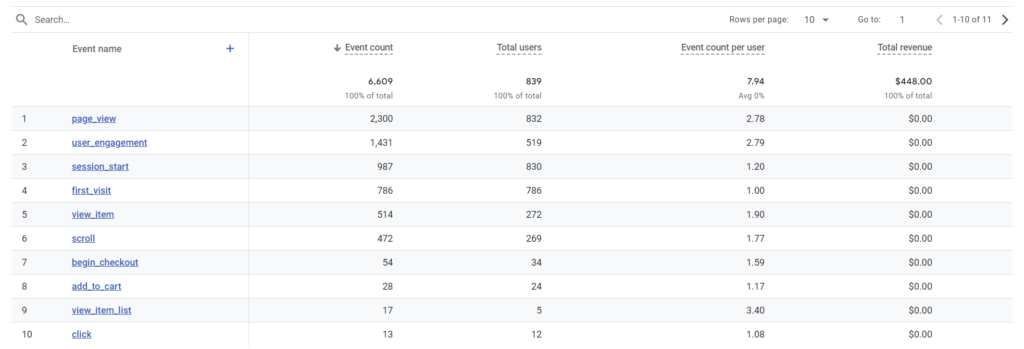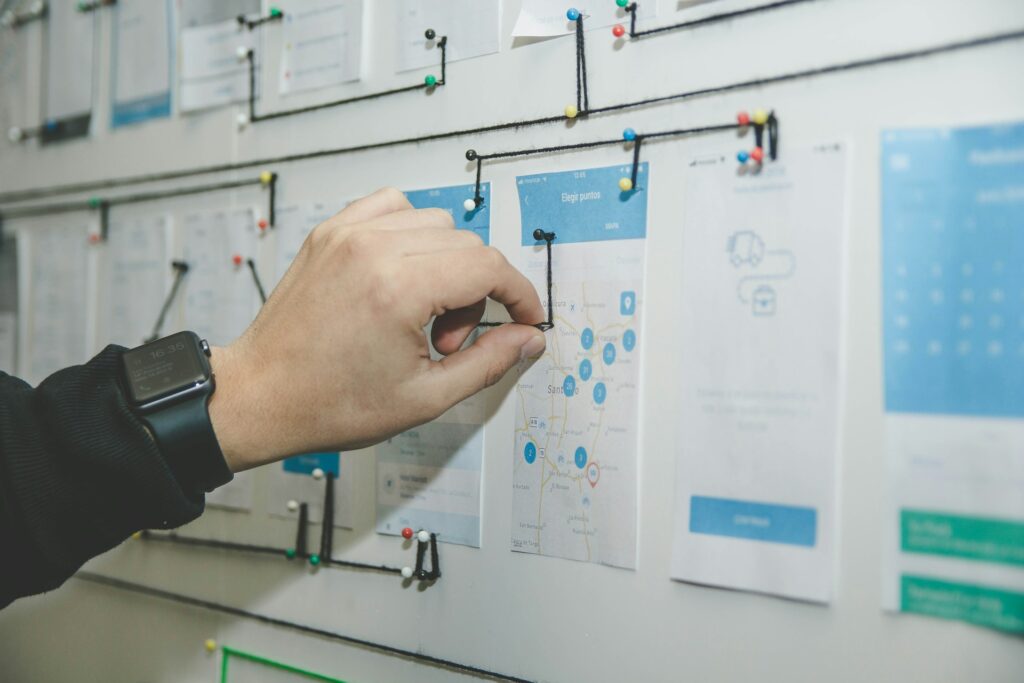Table of Contents
Content mapping is the process of creating a content plan that addresses buyers at all stages of the lifecycle.
You need an efficient content map if you want the right people to see your content. You can ensure that you are targeting the correct audience by organizing your content and knowing why you are doing it.
To aid in your understanding of content mapping, the following subjects will be broken down in this post:
- What is content mapping?
- Why is content mapping important?
- How to create a content map
What is content mapping?
Content Mapping is the process of developing a content strategy that speaks to consumers at every stage of the buying process. Any content marketing strategy must follow this procedure since it allows you to divide up your workload and utilize different parts for different goals.
Why is content mapping important?
To ensure that you meet customers where they are rather than waiting for them to find you, content mapping is crucial. Since a significant portion of marketing collateral is composed of content, having a well-thought-out plan for its utilization is imperative.
You can achieve the following with content mapping:
- Deliver customer content: People are constantly turning online to learn more about any industry. With content mapping, you make it easier to find customers naturally and deliver the information they want.
- Support the customer journey: Part of content mapping is understanding how customers find your company. You can craft content that is more purposeful and relevant to customers at any part of their journey.
- Diversify content types and topics: As you learn what customers want from you, it will be easier to generate topics and content types that have the most impact.
How to create a content map
Having gained an understanding of content mapping and its importance, you can now begin creating your own content map. Here are six actions you should take:
- Identify the target audience
- Consider the path to purchase
- Brainstorm questions users might have
- Identify types of content for each stage of the funnel
- List topic ideas
- Set objectives and metrics for your content map.
1. Identify the target audience
You need to decide who your target audience is before you can plan your content. The people or companies that are most likely to require your goods or services make up your target audience. Each company has a distinct target market, and understanding yours will enable you to produce content that appeals to them.
Start by gathering data on your existing customers and think about who is most likely to need your business. You can create buyer personas, which represent people within your target audience. Think about the following factors:
- Demographics
- Age
- Occupation
- Income
- Location
All these traits will affect how and where your audience consumes content.
2. Consider the path to purchase
The actions customers take from the time they land on your website until they make a purchase are collectively referred to as the “path to purchase.” How then does content affect that trajectory?
People can be pushed further down the funnel and guided through the purchasing process with the aid of your content. A blog post, for instance, can direct readers to a related product with educational content that they can use to make a later purchase.
Understanding your typical path to purchase can help you find issues with the flow. If you’re working with GA4, you can set up different events to mark the path to purchase:

These events will look different depending on your company, offerings, and needs.
3. Brainstorm questions users might have
When you create content, you want to know what your users are thinking. This implies that you ought to anticipate their queries and provide answers before they even arise.
What questions could users have about your company, services, and industry? Here are some ideas:
- What does this product/service do?
- How much does this product/service cost?
- Can I handle this task myself without help?
- How does this product/service benefit me?
- What industry knowledge do I need to understand this product/service?
4. Identify types of content for each stage of the funnel
Different types of content will be needed at each stage of the funnel. The top, middle, and bottom of the funnel represent its stages, with the bottom being the most ready-to-buy.
Depending on what stage your customers are at, your content will change. A product page will appear overly sales-focused and turn off someone who is just doing research, so you wouldn’t put it in front of them. To ensure that every customer has a positive experience, you need content for every stage.
Here are some examples:
- TOFU: Informational blog posts, social media posts, informational emails
- MOFU: Product or service pages, industry updates, company information
- BOFU: Abandoned cart emails, pricing pages, service pages
5. List topic ideas
You can begin branching out toward the topics you want to cover once you have planned out your structure and content types. Search engine optimization (SEO) and user experience (UX) are important considerations for these subjects.
If you are unsure about how to come up with topics, observe your rivals and try some Google searches. Take note of the subjects you haven’t covered and observe what articles and topics come up that are related.
6. Set objectives and metrics for your content map
Now that you have an idea of what content you need to write and how it fits together, you need a way to track your progress. Some goals you can use include:
- Make sure each piece has a clear purpose
- Checking conversion rates before and after implementing new content
- Looking at traffic and SEO rankings
These are just a few strategies to keep your content mapping project on course. To keep things functioning properly as your website gets more complex, make sure to update your website architecture and content map.
Create an impactful content map with Us
Your content strategy may succeed or fail based on your content mapping. You risk losing out on sales if you don’t plan your customer targeting and align your content with the customer journey. That is what we are here to avoid.
To expedite the content process, we have a committed staff of marketing specialists and experienced content writers. To provide you with the best chance of conversions, we will outline, identify, and target your ideal audience through our content marketing services.







Add your first comment to this post